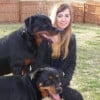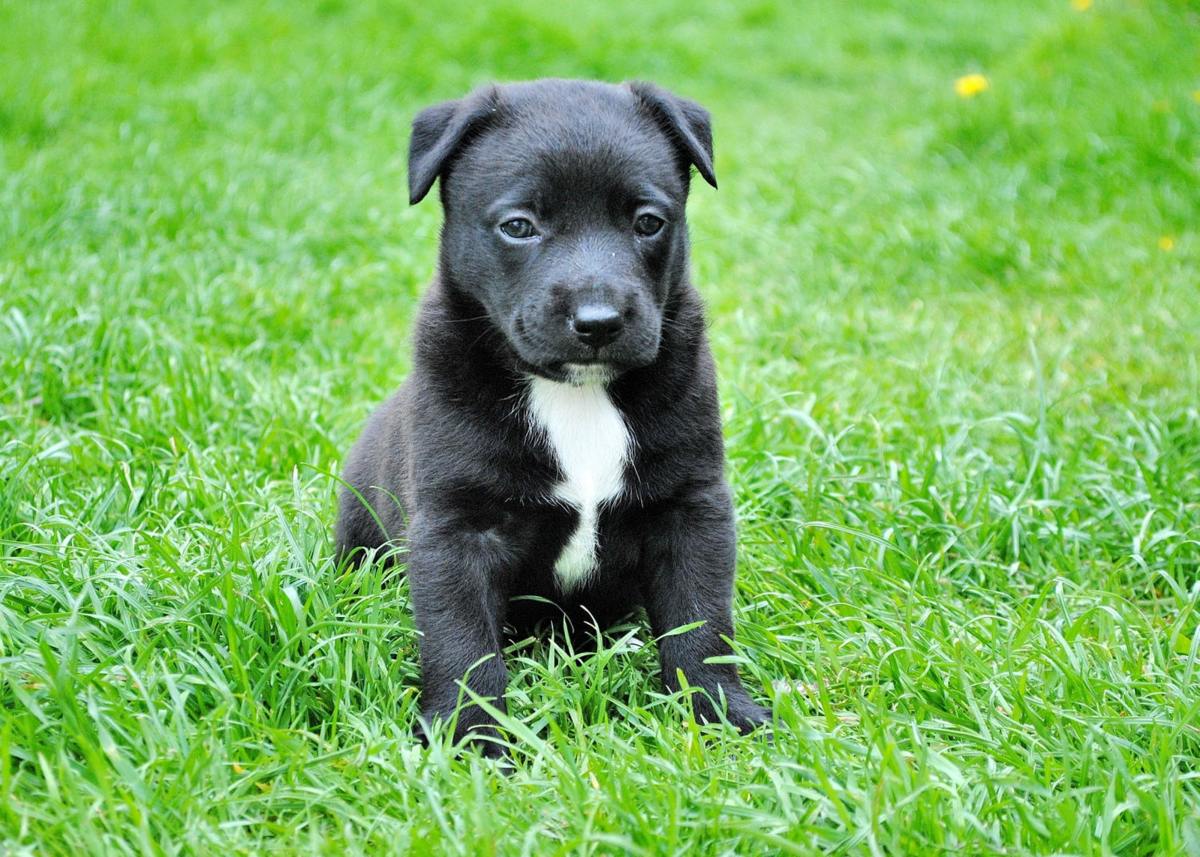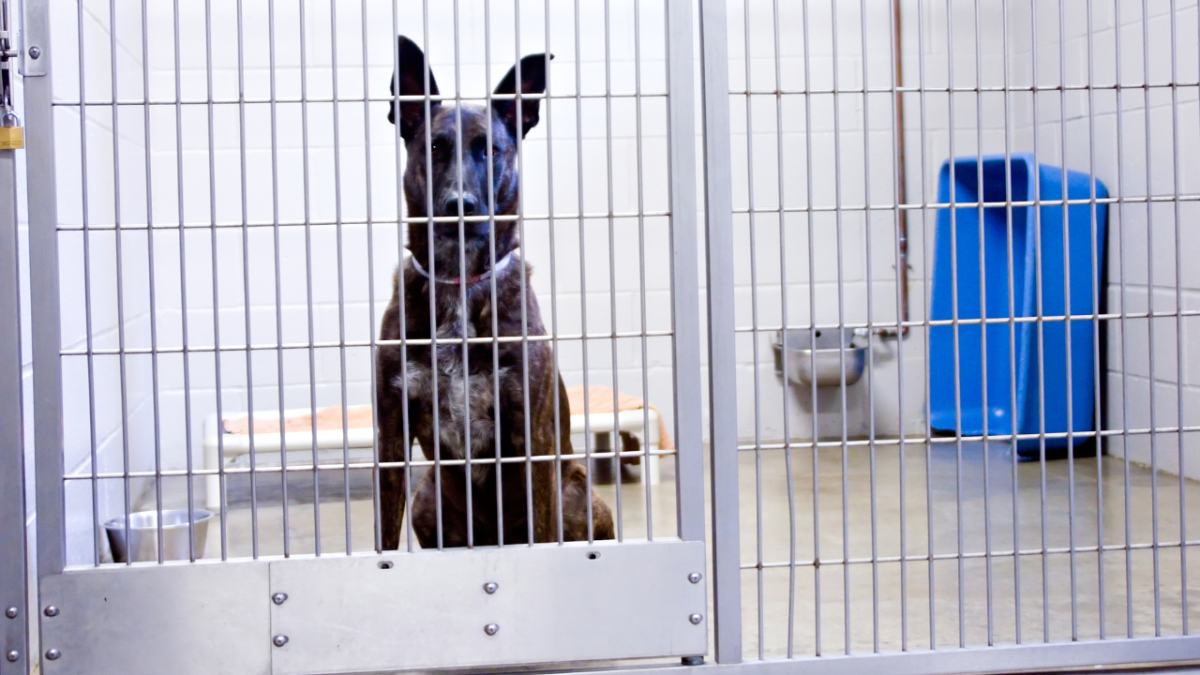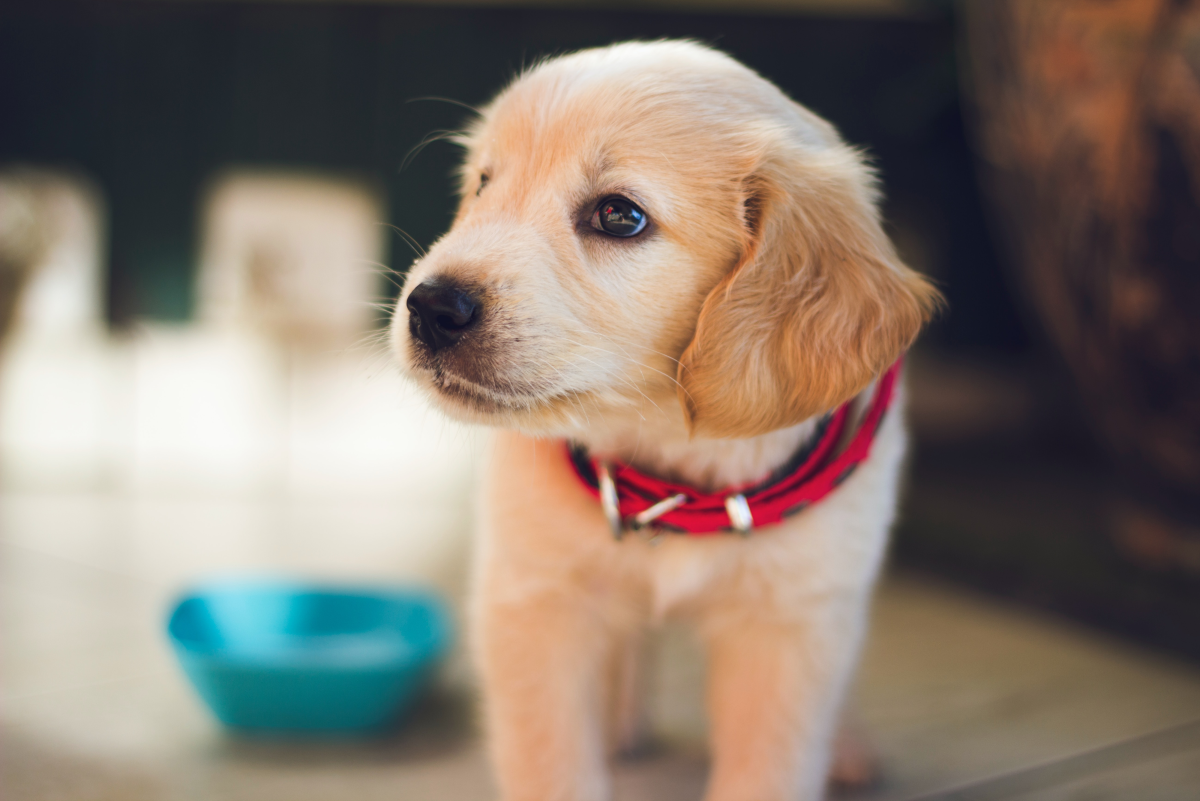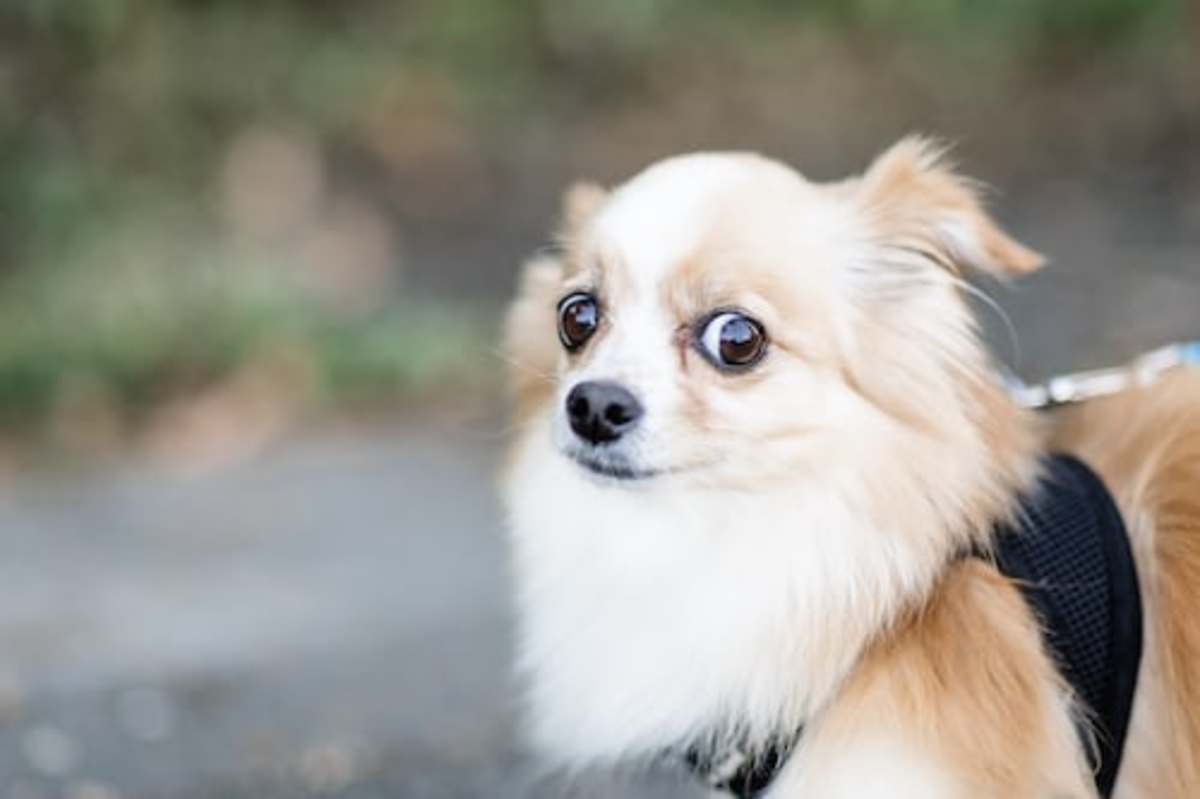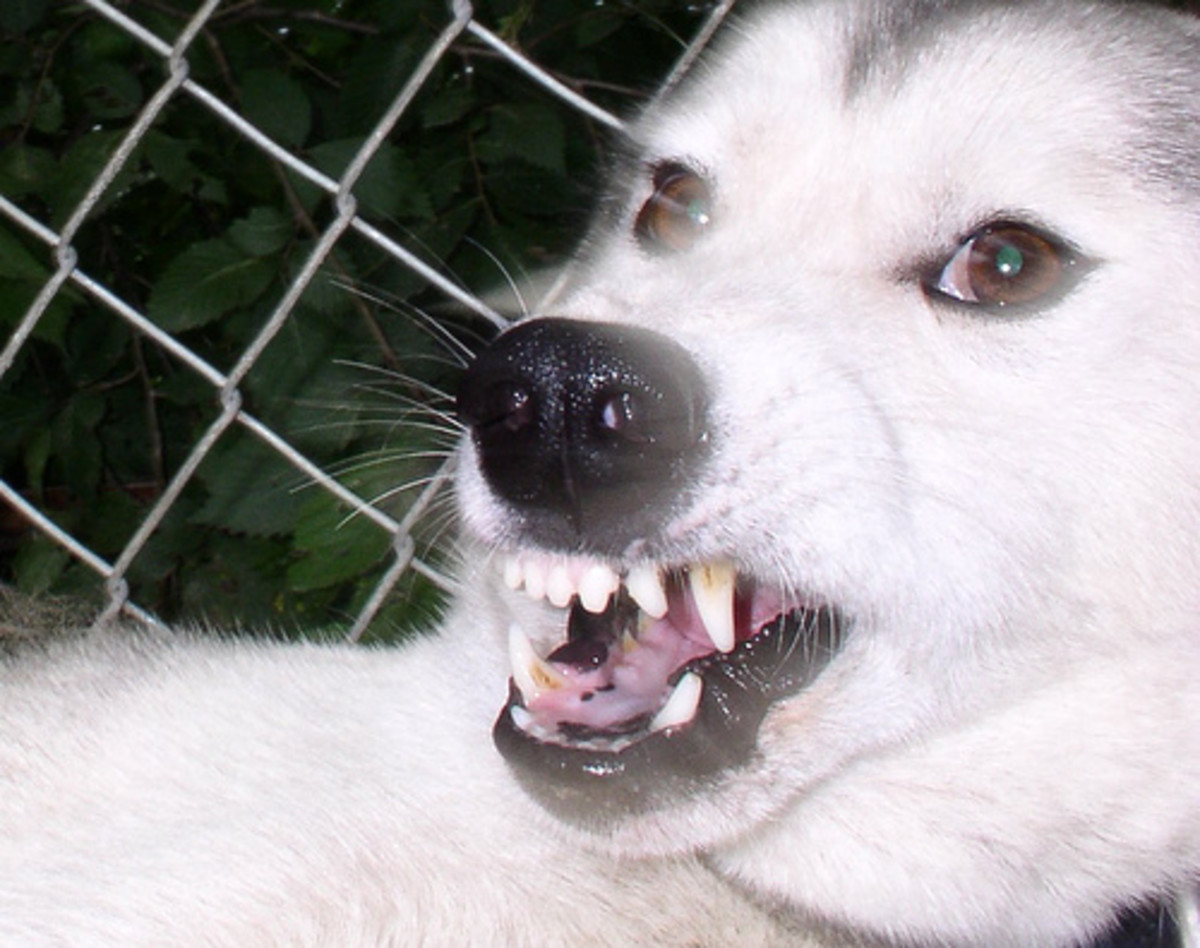Tips for Adding a Second Dog to Your Home
Are two dogs better than one?
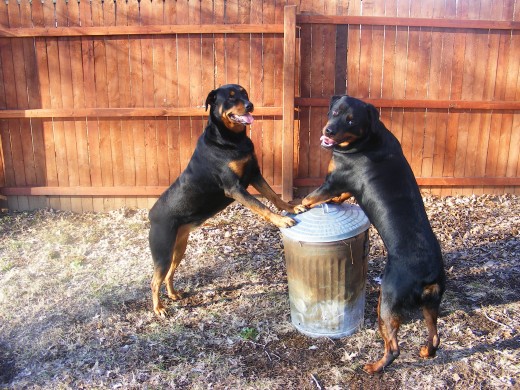
Why Add a Second Dog? Pros and Cons
Thinking about adding a second dog? When you own one single dog, the pleasures and joys of dog ownership are enhanced because all your focus goes to that one dog. The dog is loved and cherished just as the only child in a family. You may, therefore, think that by adding another dog, the pleasures of dog ownership should double, right? Well, not always. In some cases, the pleasures of dog ownership will be cut in half, especially when the other dog is a bad choice. When this happens, the dog owner and the first resident dog may suffer and all the bliss of owning one dog goes down the drain. Let's take a look at some outcomes derived from adding a second dog to the household.
In the worst cases, the new dog creates so much havoc in the life of the resident dog's and owner's life that the new dog is re-homed and all feels like a big old mistake. In some cases, a few adjustments can be made to make life better for everyone, but this at times entails sacrifices which were barely noticeable when owning one dog. And in a few lucky cases, the actual addition works wonderfully, and all the family is joyful and happy.
Most people hope for the latter, but what can be done to up the chances for such an outcome? What can be done to prevent regretting adding a second dog? What are the causes for a match gone wrong? Let's take a look at some common mistakes and problems dog owners encounter when adding a second dog to a home.
A great read for multi-dog households!
8 Questions to Ask Before Adding a Second Dog to Your Household
Choosing a second dog may look like an easy choice but it is not as easy as it looks. You may imagine yourself walking down the aisle of a shelter and simply picking the first adorable face that looks eager to come home with you. These "on the spur of the moment choices" are often the most deleterious. The first consideration before choosing a second dog to your household entails an honest, and careful assessment. Things to ask yourself sincerely are the following:
- Do you have time on hand to exercise and train both dogs? If you are getting a second dog to entertain your other dog because you do not have time for it, you will certainly not have time for two!
- Do you have the money to feed, train and provide veterinary care for an extra dog?
- Does your resident dog get along with most other dogs? And is he accepting of other dogs coming into his territory?
- Does your resident dog have any training or behavioral problem?
- Does your resident dog have a problem when you give attention to another dog?
- Are you ready to endure the heart ache of re-homing the new dog should things not work out as planned?
- Are you conducting good research on the breed of dog you are planning to add?
- Are you willing to seek the help of a professional should things not work out?
Are two dogs better than one?
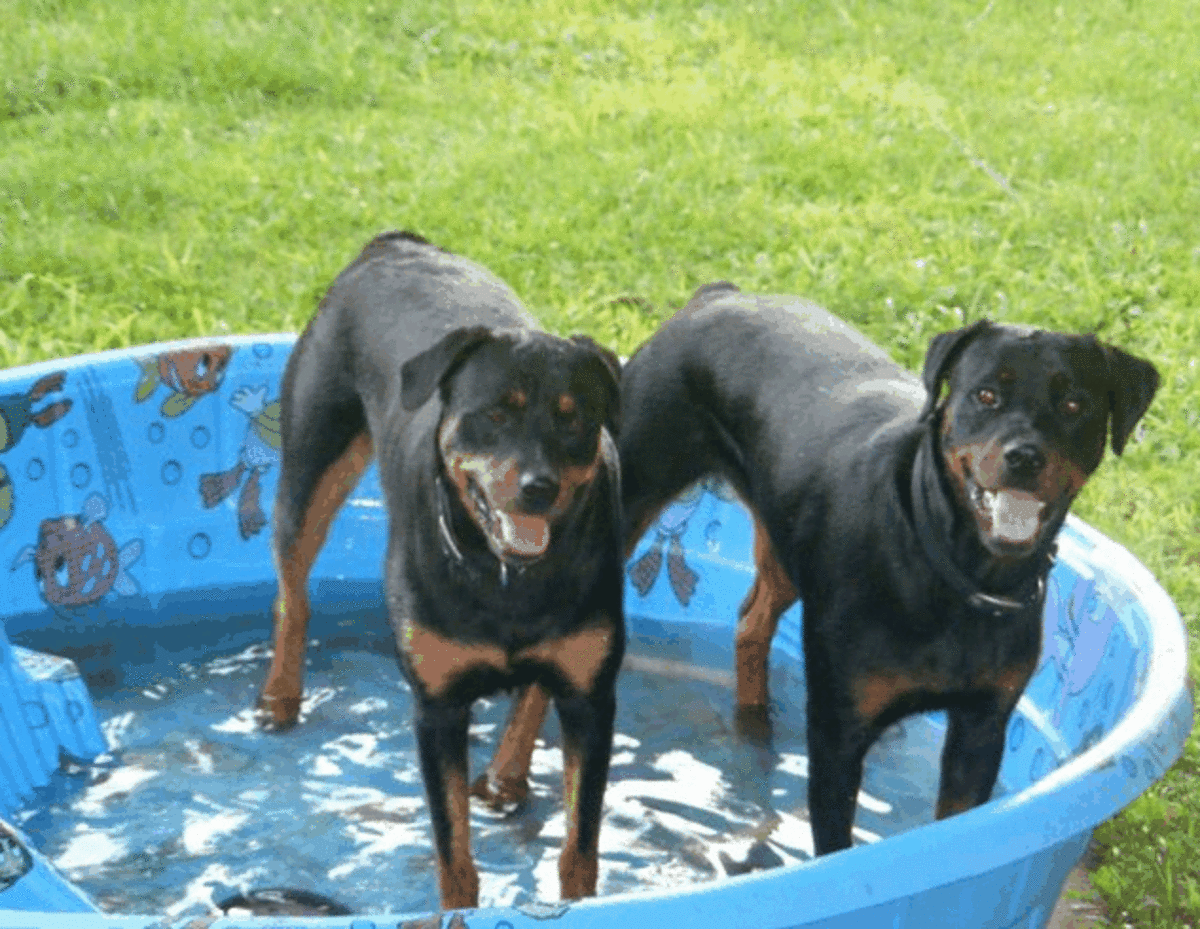
What About Siblings?
Getting two littermates may feel tempting but this can be exceptionally hard work requiring triple the trouble. This is not for the faint of heart! You will need to prevent the littermates from bonding too much with each other and you must train them in a structured way. Are you willing to train one dog individually, then the other dog individually and then both dogs when in company of each other? There are many stories of litter mates gone bad and the risks at stake are high. Learn more on this by reading: Pros and Cons of Raising Litter mates and Why Raising Two Puppies at Once May not be a Good Idea
5 Important Considerations Before Making the Plunge
If you honestly answered the questions above, determined that you and your resident have what it takes to add a second dog to your home and you truly believe your resident dog will be enriched by such addition, your next step is to carefully evaluate potential candidates. While this may feel like the fun part, it really should be more homework than fun. You will have to be willing to skip looks and focus more on qualities such as temperament along with the right energy levels, age, size, sex and breed. Following are some considerations to keep in mind that may help you make a good choice.
- Selecting the Breed of the New Dog
There are some breeds that have a high pack drive and tend to get along with other dogs while there are some breeds of dogs that are more independent or do best on their own. Breeds of dogs that are used to be around other dogs encompass the Siberian huskies, beagles and generally hound dogs, which were selectively bred to work and live with other dogs. On the other hand, dogs that were selectively bred to work alone or exclusively with humans may not be the best choices. For instance, the Great Pyrenees was not bred to work with other dogs, but rather was bred to guard livestock and be independent. However, because dogs are individuals, as such, no black and white generalizations can be made.
- Selecting the Sex of the New Dog
Male or female? The chances of dogs getting along may be greater if the dogs are of opposite sex. Of course, one or the other, or both, must be altered to make this solution work, unless you will be willing to separate the two when the heat cycle starts which can be quite a challenge since it lasts for what feels like forever. Some dog breeds are prone to being same-sex aggressive. Rottweilers, boxers, American Pit Bull Terriers, Jack Russell Terriers and Alaskan Malamutes are a few with a predisposition for same-sex aggression. Of course, again, no generalizations can be made as it seems some dog owners are capable of keeping same-sex dogs in the home with little problems at times, but supervision is always a must.
- Selecting the Age of the New Dog
Often, owners of senior dogs that are getting old, dream about getting a puppy in hopes of rejuvenating the older dog. While the idea sounds good, it sort of seems like coming straight from a Disney movie. There are, indeed, some older dogs that do not mind a puppy, but in several cases, owners were left to deal with an older dog being repeatedly pestered by a rambunctious puppy that did not know when to stop. On the other hand, dogs too similar in age may encounter issues as well. Some years in between (like three to five) seem to help out, however, once a youngster starts reaching social maturity (12-36 months) he/she may start challenging the older dog which may cause some fights to ensue.
- Selecting the Size of the New Dog
Size does matter as well when you are searching for the ideal companion for your dog. You may find that your larger dog may get along well with smaller dogs and your smaller dog may get along with larger dogs. Watch how your dog safely interacts with dogs of different sizes and plan accordingly. If you choose to go this route, keep in mind that the smaller dog should not be that small as to risk being injured by the larger dog. Also, keep in mind that while your larger dog may be accepting of a smaller dog, the smaller dog may be fearful of larger dogs.
- Selecting the Temperament of the New Dog
Last but not least, you must pay careful attention in selecting the right temperament of your new dog. If your dog is laid back and calm, an excessively hyperactive dog may not match the energy levels of your resident dogs and this may be problematic. Also, keep in mind that a new dog may not compensate the problems your other dog has, but rather may acquire them! You may, therefore, end up with two dogs suffering from separation anxiety, two dogs barking non-stop or two dogs acting fearfully!
20 Tips for Better Introductions
The biggest mistake dog owners make when adding a second dog, is going too fast when it comes to introductions. We all want to watch how the dogs interact, the whole event is very exciting and the kids want to watch the dogs play. But this is also often the main cause for problems and fights to occur. Another big mistake is giving too much attention to the new dog. The novelty factor may cause kids and owner to overindulge the new dog leaving the poor resident feeling left out and resentful about the new addition. Following are some tips to make things go a bit smoother.
- Many days ahead, train or polish your resident's "leave it" or "off" command.
- Plug in a DAP diffuser hours before adding the new dog. There is always an element of stress when a new dog is in a new territory.
- Introduce the two dogs on neutral grounds. This means walking them together on loose leashes for a nice long walk but without allowing interactions as of yet. Keeping ten feet between them is optimal for now.
- Once home, keep the dogs separated the first few days but in such a way they can see and smell each other safely. A see-through fence, crate or baby gate may work well. This will also reassure the resident dog that the new dog is not taking over the home.
- Play "musical dogs" for the first days, meaning swap their times spent with you so you can give each dog individual time. Your resident dog needs this to continue feeling like your favorite, and the new dog needs it to be trained and bond to you.
- After both dogs seem to be getting used to each other's appearance, smell and vocalizations, walk them again, and once back, choose a large outdoor enclosed area where you can introduce them. A large place makes dogs feel more at ease and better capable of displaying and reading body language. Keep the new dog on leash if necessary, while your first dog should be able to be under good voice control.
- Avoid putting both dogs in small places cluttered together such as in a car, small room, kennel, pen or crate.
- Watch the interactions between the dogs. Do not scold any growling, doing so may cause a dog to bite without warning. If one or the other dog growls, it may be they need more time to get used to each other.
- Because dogs heavily rely on scent, the first days you can rub a towel of each dog and let them swap towels so they get used to each other's smell.
- Let your new dog explore a room when your resident dog is left in other room out of sight. Drop a few treats in the room in areas your new dog walked. Then let your older dog sniff these areas and find the treats. Your new dog will associate the smell of your new dog with something pleasant.
- As a general rule, your dogs may be ready for more interactions, when your resident dog no longer furiously follows the scent of the new dog after being let out in the room the new dog frequented. This means he got used to the smell and the idea of the new dog in the home.
- Separate the dogs when mealtime comes. Competing over meals is common in dogs. Prevent one dog from finishing the meal first and visiting the other dog that is still eating. Block access to each other.
- Do not leave toys or other valuable out to "share". Fights often ensue with resource guarders.
- Continue giving your first dog the same attention as always. Remember he was there first and should retain his primary status.
- Keep dogs separated when you cannot supervise them.
- If you must feed treats, do so when the dogs are calm and displaying accepting behavior. When you feed the treats keep the dog's heads away from one another to prevent conflicts.
- If one dog is pushy, split both dogs and reward both. Reward the pushy dog for obeying a command like "go to your place" or "off" and reward your resident dog for tolerating such pushy behavior. After several repetitions, you should be able to command the pushy dog to go away without having to get up and physically get in between.
- For the very first weeks keep an eye on situations that may trigger aggression, such as when you first come home from work, when you give attention, feeding times, going in ans out of the yard, when guests are over etc.
- Keep interactions positive so that dogs know great things happen when they are together. Avoid punishing.
- A great read for multi-dog homes is the booklet by Karen London and Patricia McConnell "Feeling Outnumbered? How to Manage and Enjoy Your Multi-dog Household"
*Please not: Keep in mind that it may take up to 4-6 months for complete harmony to establish in your household.
As seen, a second dog may mean double the trouble or double the joy. Do your best to evaluate the pros and cons of adding a second dog and keep in mind your first dog's best interest. The decision of adding a second dog to your home should never be taken lightly.
Alexadry© All rights reserved. Do not copy.
Has adding a second dog made life better?
For further reading
- Why Some Dogs Become Protective of Owners
me walking with my Petra ans Kaiser Sometimes owners allow their dogs to become protective without realizing it. They only notice the gravity of the problem, when somebody innocent attempts to come near them to shake a hand or give a hug and the dog. - Dog behavior: Why are My Intact Female Dogs Fighting...
Are your two intact female dogs fighting? Learn what may be triggering such fights and how to deal with the problem. - Why Growling Should Never be Suppressed in Dogs
Learn why you should avoid punishing or correcting your dog for growling. - Dog Behavior: Understanding Dog Calming Signals
What are calming signals in dogs and when are they displayed? Crack the code to understanding and speaking
